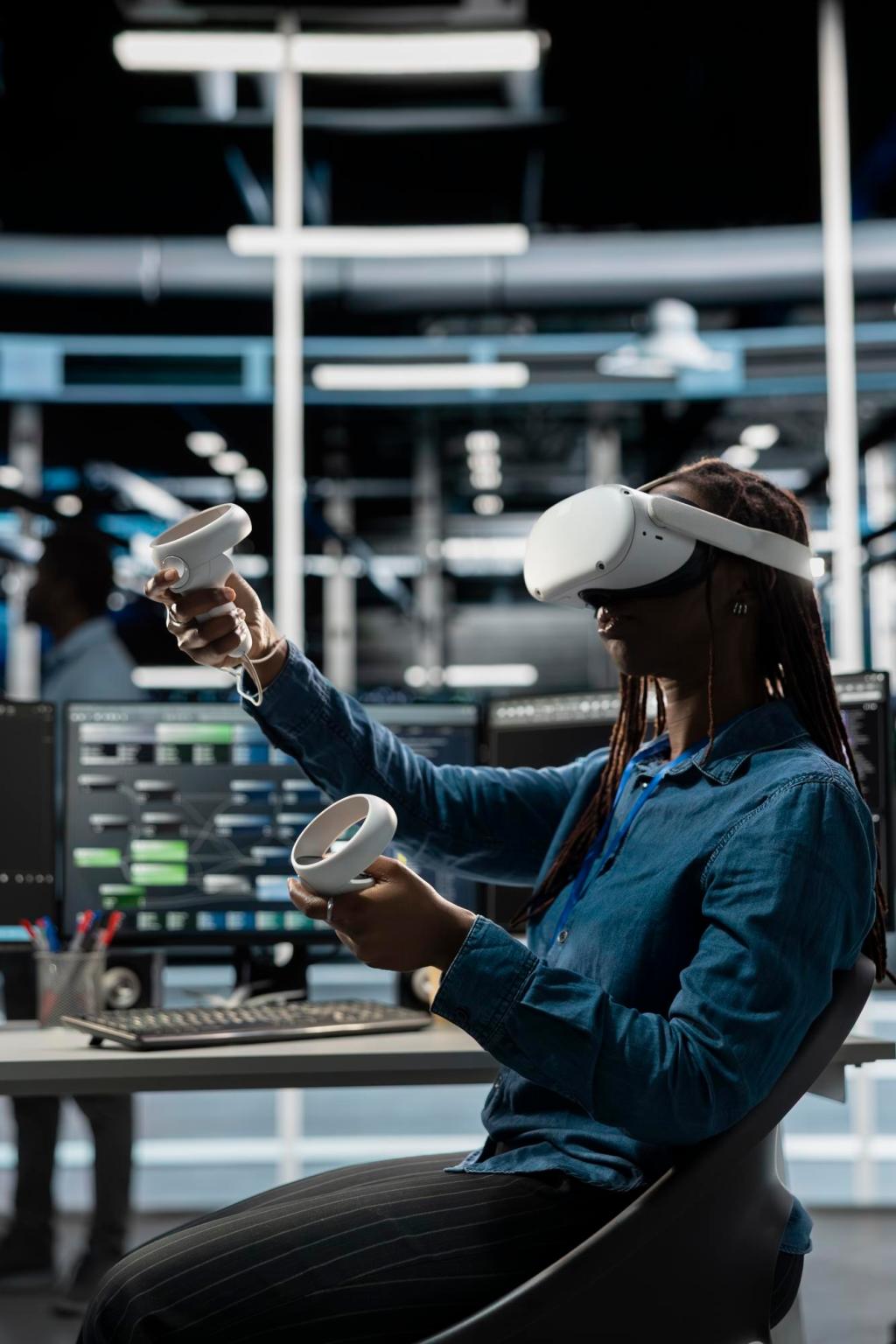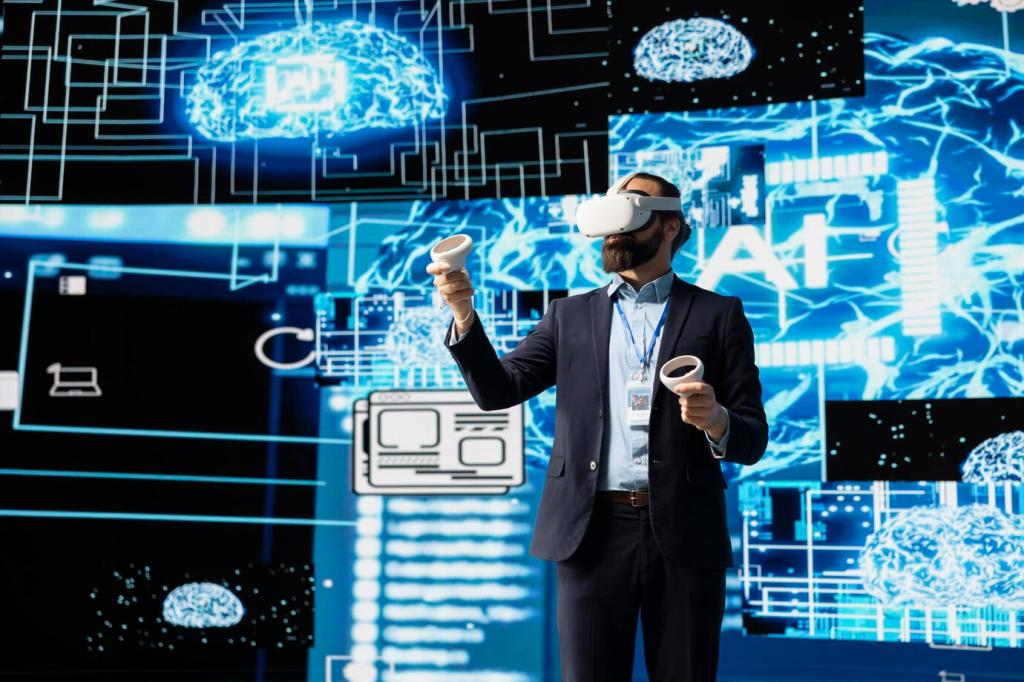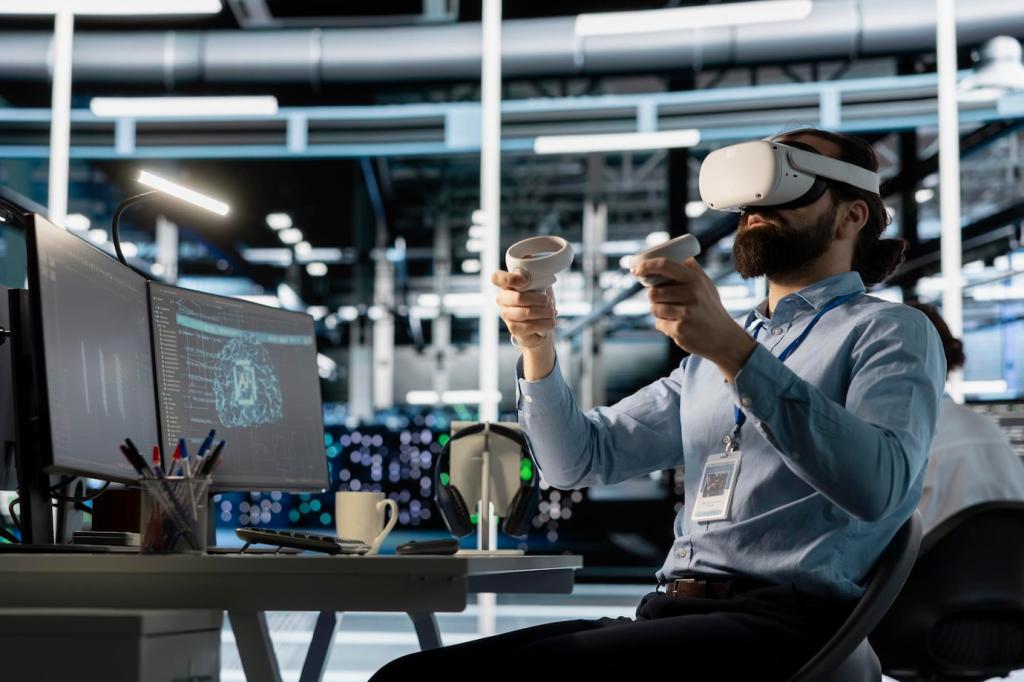Interactive Learning: The Future of Classrooms
Interactive learning is revolutionizing traditional classrooms by placing students at the center of the educational experience. Instead of passively receiving information, learners are now engaging actively with content, educators, and peers. This approach empowers students to explore, question, and collaborate, fostering a deeper understanding and enthusiasm for learning. As schools worldwide acknowledge the shortcomings of conventional instruction, interactive learning emerges as a vital solution that leverages technology, creativity, and student agency to prepare children for an ever-evolving world.
The Shift From Passive to Active Engagement

Empowering Student Voice
Empowering student voice means creating opportunities for learners to participate in discussions, make decisions about their learning, and take ownership of their progress. When students are encouraged to ask questions and share perspectives, they become more invested in their education. Interactive learning fosters environments where diverse voices are not only heard but celebrated, allowing each learner to feel valued. As students actively contribute, they develop confidence and critical thinking skills essential for success in life beyond the classroom.

Collaborative Learning Environments
Collaboration is a hallmark of interactive classrooms, where students work together on projects, problem-solve in teams, and learn from each other’s experiences. This dynamic approach mirrors real-world scenarios, preparing students for future workplaces that value teamwork. Collaborative learning environments break down the barriers of isolation, build social skills, and create a sense of community. As students exchange ideas and challenge one another, they deepen their learning and develop empathy for different viewpoints.

From Memorization to Application
Instead of emphasizing rote memorization, interactive learning shifts the focus to applying concepts and knowledge in meaningful contexts. Through hands-on activities, simulations, and experiments, students bridge theory and practice, ensuring greater retention and understanding. This model encourages learners to tackle complex challenges and think creatively, equipping them with skills that extend beyond the classroom walls. The move from memorization to real-world application makes education more relevant and engaging for every student.

The Role of Teachers in Interactive Classrooms
Teachers in interactive environments are facilitators rather than information dispensers. Their responsibilities include curating resources, designing activities, and encouraging critical inquiry. By shifting the focus from delivering content to guiding discovery, teachers empower students to take charge of their learning. Facilitators also create a safe space for experimentation and mistake-making, essential aspects of true exploration and deep understanding.

